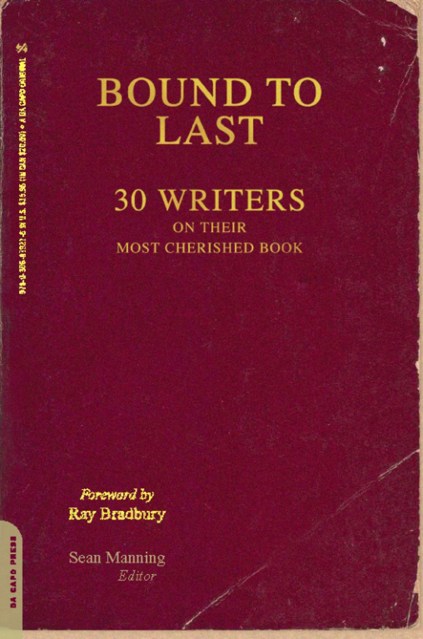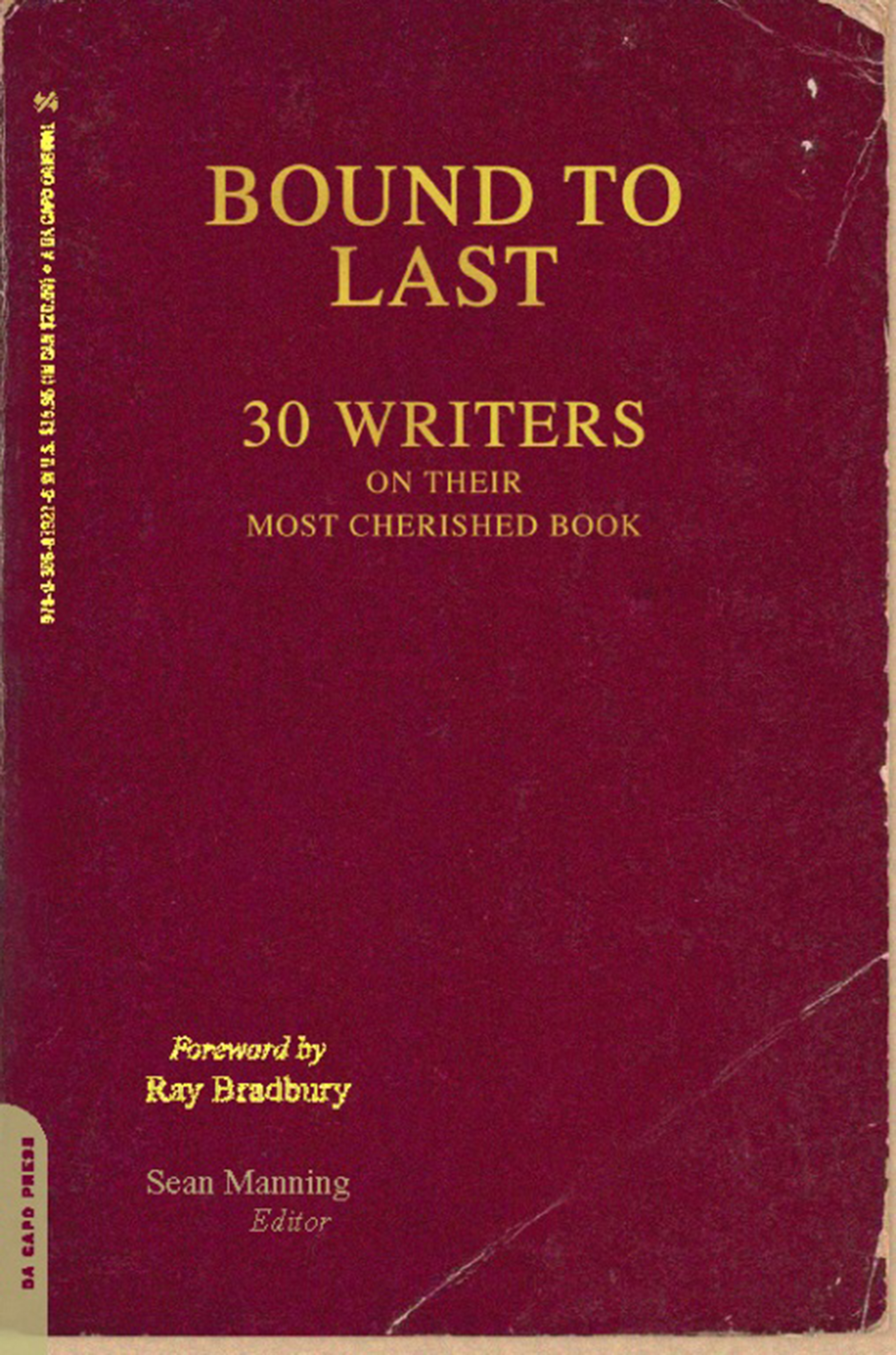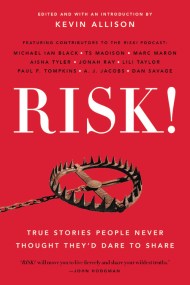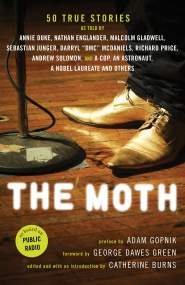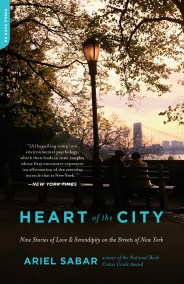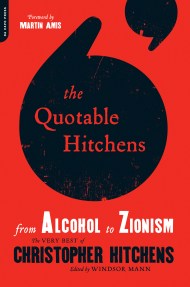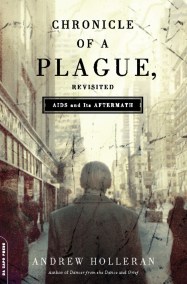Promotion
Use code MOM24 for 20% off site wide + free shipping over $45
Bound to Last
30 Writers on Their Most Cherished Book
Contributors
By Sean Manning
Foreword by Ray Bradbury
Formats and Prices
Price
$9.99Price
$12.99 CADFormat
Format:
ebook $9.99 $12.99 CADThis item is a preorder. Your payment method will be charged immediately, and the product is expected to ship on or around October 26, 2010. This date is subject to change due to shipping delays beyond our control.
Also available from:
In Bound to Last,an amazing array of authors comes to the passionate defense of the printed book with spirited, never-before-published essays celebrating the hardcover or paperback they hold most dear — not necessarily because of its contents, but because of its significance as a one-of-a-kind, irreplaceable object. Whether focusing on the circumstances behind how a particular book was acquired, or how it has become forever “bound up” with a specific person, time, or place, each piece collected here confirms–poignantly, delightfully, irrefutably–that every book tells a story far beyond the one found within its pages.
In addition to a foreword by Ray Bradbury, Bound to Last features original contributions by:
Chris Abani, Rabih Alameddine, Anthony Doerr, Louis Ferrante, Nick Flynn, Karen Joy Fowler, Julia Glass, Karen Green, David Hajdu, Terrence Holt, Jim Knipfel, Shahriar Mandanipour, Sarah Manguso, Sean Manning, Joyce Maynard, Philipp Meyer, Jonathan Miles, Sigrid Nunez, Ed Park, Victoria Patterson, Francine Prose, Michael Ruhlman, Elissa Schappell, Christine Schutt, Jim Shepard, Susan Straight, J. Courtney Sullivan, Anthony Swofford, Danielle Trussoni, and Xu Xiaobin
Genre:
- On Sale
- Oct 26, 2010
- Page Count
- 240 pages
- Publisher
- Da Capo Press
- ISBN-13
- 9780306819391
Newsletter Signup
By clicking ‘Sign Up,’ I acknowledge that I have read and agree to Hachette Book Group’s Privacy Policy and Terms of Use
